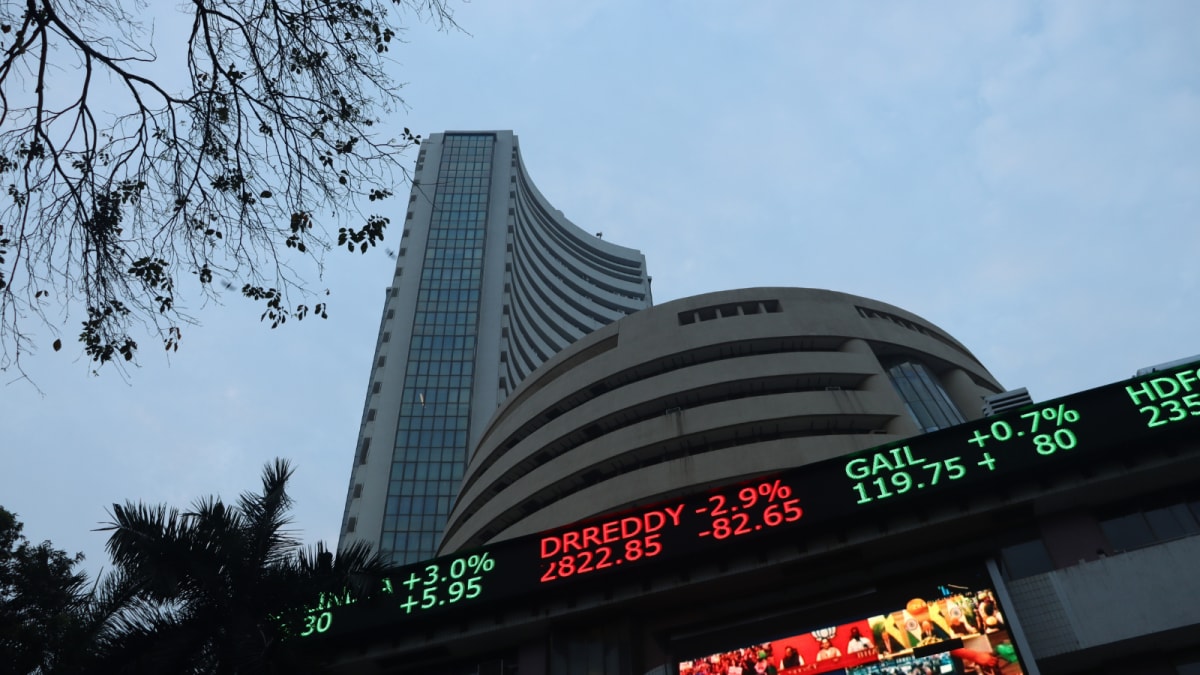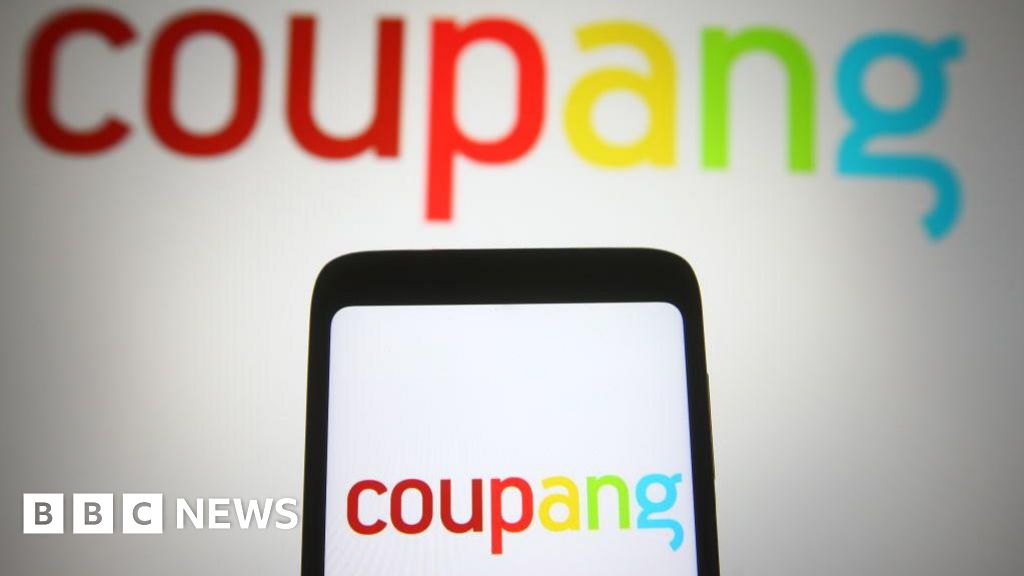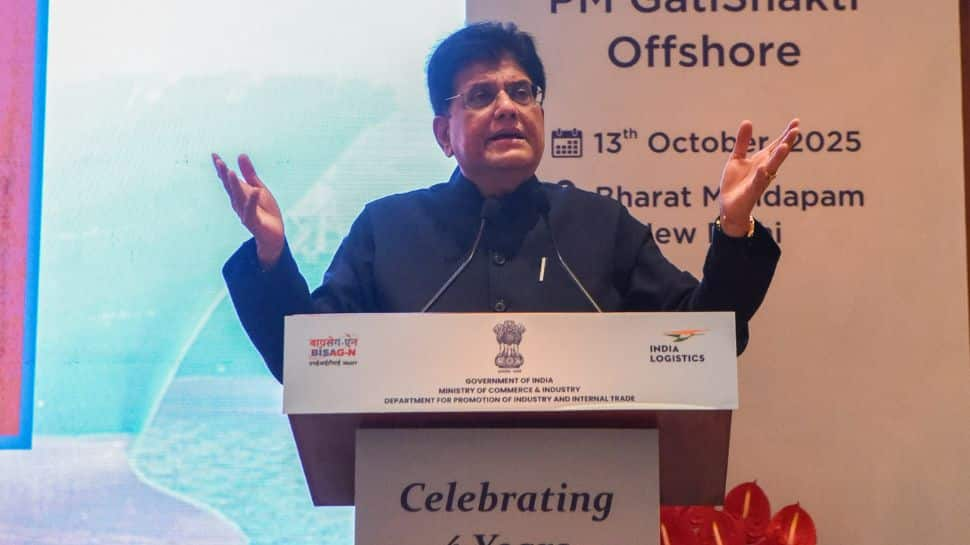Business
India Got Independence 78 Years Ago, Its High Time We Give Our Businesses More Freedom: Analysis

New Delhi: India’s entrepreneurial dream is facing a powerful barrier — its own regulatory machinery. A landmark report by Gautam Chikermane (Observer Research Foundation) and Rishi Agrawal, released in 2022, paints a striking picture of how excessive criminalization, outdated laws are stifling the country’s economic potential.
A Legal Maze That Can Put You Behind Bars
India’s business ecosystem is governed by 1,536 Acts at the union, state, and local levels, embedding 26,134 clauses that carry the possibility of imprisonment. These aren’t limited to serious fraud or environmental damage; even procedural lapses can send a businessperson to jail.
54 percent of all Acts—over 843 laws—contain criminal penalties. Of these, 29 percent are made at the Union level, while the remaining 71 percent come from the states.
The absurdity is often in the details. Some violations—like failing to whitewash walls, display a mandatory notice, or maintain a register—can result in up to three years in prison, a punishment on par with violent crimes.
Report Link: Jailed for Doing Business: The 26,134 Imprisonment Clauses in India’s Business Laws
Labour Laws: The Biggest Barricade
Labour-related regulations alone account for roughly half of all compliance obligations and contribute to 65 percent of imprisonment clauses. The Factories Act, 1948 is particularly stringent, making up 31 percent of these criminal provisions.
Transparency International Report
India ranks 96th out of 180 countries on Transparency International’s 2024 Corruption Perceptions Index, scoring just 38/100. KPMG estimates corruption costs India Rs 921 billion annually—over 1 percent of GDP.
Compliance Delay
Multiple studies have shown administrative lackluster in making approvals and compliance unnecessarily time-consuming.
Rent-Seeking Culture:
Complex procedures give officials discretionary powers. Instead of enabling business, extracting “fees” from entrepreneurs becomes the focal point.
The Economic Consequences
Such regulatory stranglehold has a direct impact on India’s growth trajectory:
Inhibits Business Formation – Fear of jail even for paperwork errors keeps many entrepreneurs from registering formally.
Discourages Investment – A hostile compliance climate pushes startups and investors toward friendlier jurisdictions.
Raises the Cost of Doing Business – Frequent inspections, legal risks, and “unofficial costs” eat into margins.
Limits Job Creation – Small businesses, the backbone of employment, suffer most—exacerbating India’s jobless growth challenge.
Modi Govt’s Reforms Implemented Since the Report
The 2022 Chikermane-Agrawal report has spurred notable changes:
Jan Vishwas (Amendment of Provisions) Act, 2023 – Decriminalized over 180 provisions across 42 central laws, replacing many jail terms with fines or compounding.
Jan Vishwas Bill 2.0 (Budget 2025) – Proposes decriminalizing 100+ additional minor provisions; aims to further reduce court burden and improve ease of doing business.
Companies Amendment Acts (2019 & 2020) – Decriminalized dozens of corporate offences and replaced imprisonment with administrative adjudication for minor violations.
Labour Law Overhaul – Four labour codes have replaced over 1,200 sections with only 22 carrying imprisonment, most for serious breaches.
State-Level Initiatives –
Telangana: Reforming 17 departments to replace minor offences with monetary penalties.
Uttar Pradesh: “Nivesh Mitra 3.0” aims to remove 98 percent of imprisonment clauses in state and concurrent laws by end-2025.
Kerala: Drafting legislation to decriminalize minor state-level offences.
What Needs to Change: Key Policy Priorities
If India is to truly unlock its economic potential, the country must move from a punishment-first regulatory mindset to one that fosters trust, efficiency, and enterprise. That requires targeted reforms in four critical areas.
First, India must end the criminalization of routine business compliance. Sending entrepreneurs to jail for failing to display a notice or update a register is not only disproportionate—it’s counterproductive. Imprisonment should be reserved for serious offences involving fraud, environmental damage, or willful harm. All other minor infractions should be addressed through monetary penalties, warnings, or compounding mechanisms.
Second, the state must tackle administrative inefficiency head-on. Endless paperwork, overlapping approvals, and outdated manual systems slow down business formation and expansion. Streamlining laws, introducing single-window clearance systems (which the government has incessantly focusing upon for the last 1.5 decades), and expanding end-to-end digital approvals can significantly reduce the time and cost of compliance.
Third, corruption and rent-seeking behaviours must be dismantled. Discretionary powers in the hands of inspectors and officials often create opportunities for bribes and harassment. Strong oversight, transparent processes, and reduced human intervention in approvals are essential to restoring fairness and trust in the system.
Finally, India must remove the fear factor from entrepreneurship. A regulatory environment built on intimidation discourages risk-taking, drives businesses into the informal sector, and deters investment. Instead, the state should position itself as a guide and facilitator—offering clear guidance, compliance support, and a business-friendly tone that encourages rather than punishes.
By addressing these four priorities, India can move decisively toward a more enabling, transparent, and growth-oriented business environment—one where entrepreneurship thrives and economic potential is fully realised.
The Chikermane report is a wake-up call. If India wants to become a global economic powerhouse, it must decriminalize routine business compliance, simplify its regulatory architecture, and restore trust between the state and its entrepreneurs.
Govt Reforms In Last Few Years Instilled Confidence Among Entreprenuers
Reforms like the Jan Vishwas Acts and labour code simplification are steps in the right direction—but they must be implemented swiftly and uniformly across states. Without urgent reform, India risks smothering its own growth potential, driving innovation underground, and denying millions the opportunities they deserve.
(Opinion Expressed In The Article Are That Of The Author. Zee News Does Not Endorse)
Business
Stock Market Live Updates: Sensex, Nifty Hit Record Highs; Bank Nifty Climbs 60,000 For The First Time

Stock Market News Live Updates: Indian equity benchmarks opened with a strong gap-up on Monday, December 1, touching fresh record highs, buoyed by a sharp acceleration in Q2FY26 GDP growth to a six-quarter peak of 8.2%. Positive cues from Asian markets further lifted investor sentiment.
The BSE Sensex was trading at 85,994, up 288 points or 0.34%, after touching an all-time high of 86,159 in early deals. The Nifty 50 stood at 26,290, higher by 87 points or 0.33%, after scaling a record intraday high of 26,325.8.
Broader markets also saw gains, with the Midcap index rising 0.27% and the Smallcap index advancing 0.52%.
On the sectoral front, the Nifty Bank hit a historic milestone by crossing the 60,000 mark for the first time, gaining 0.4% to touch a fresh peak of 60,114.05.
Meanwhile, the Metal and PSU Bank indices climbed 0.8% each in early trade.
Global cues
Asia-Pacific markets were mostly lower on Monday as traders assessed fresh Chinese manufacturing data and increasingly priced in the likelihood of a US Federal Reserve rate cut later this month.
According to the CME FedWatch Tool, markets are now assigning an 87.4 per cent probability to a rate cut at the Fed’s December 10 meeting.
China’s factory activity unexpectedly slipped back into contraction in November, with the RatingDog China General Manufacturing PMI by S&P Global easing to 49.9, below expectations of 50.5, as weak domestic demand persisted.
Japan’s Nikkei 225 slipped 1.6 per cent, while the broader Topix declined 0.86 per cent. In South Korea, the Kospi dropped 0.30 per cent and Australia’s S&P/ASX 200 was down 0.31 per cent.
US stock futures were steady in early Asian trade after a positive week on Wall Street. On Friday, in a shortened post-Thanksgiving session, the Nasdaq Composite climbed 0.65 per cent to 23,365.69, its fifth consecutive day of gains.
The S&P 500 rose 0.54 per cent to 6,849.09, while the Dow Jones Industrial Average added 289.30 points, or 0.61 per cent, to close at 47,716.42.
Business
South Korea: Online retail giant Coupang hit by massive data leak

Osmond ChiaBusiness reporter
 Getty Images
Getty ImagesSouth Korea’s largest online retailer, Coupang, has apologised for a massive data breach potentially involving nearly 34 million local customer accounts.
The country’s internet authority said that it is investigating the breach and that details from the millions of accounts have likely been exposed.
Coupang is often described as South Korea’s equivalent of Amazon.com. The breach marks the latest in a series of data leaks at major firms in the country, including its telecommunications giant, SK Telecom.
Coupang told the BBC it became aware of the unauthorised access of personal data of about 4,500 customer accounts on 18 November and immediately reported it to the authorities.
But later checks found that some 33.7 million customer accounts – all in South Korea – were likely exposed, said Coupang, adding that the breach is believed to have begun as early as June through a server based overseas.
The exposed data is limited to name, email address, phone number, shipping address and some order histories, Coupang said.
No credit card information or login credentials were leaked. Those details remain securely protected and no action is required from Coupang users at this point, the firm added.
The number of accounts affected by the incident represents more than half of South Korea’s roughly-52 million population.
Coupang, which is founded in South Korea and headquartered in the US, said recently that it had nearly 25 million active users.
Coupang apologised to its customers and warned them to stay alert to scams impersonating the company.
The firm did not give details on who is behind the breach.
South Korean media outlets reported on Sunday that a former Coupang employee from China was suspected of being behind the breach.
The authorities are assessing the scale of the breach as well as whether Coupang had broken any data protection safety rules, South Korea’s Ministry of Science and ICT said in a statement.
“As the breach involves the contact details and addresses of a large number of citizens, the Commission plans to conduct a swift investigation and impose strict sanctions if it finds a violation of the duty to implement safety measures under the Protection Act.”
The incident marks the latest in a series of breaches affecting major South Korean companies this year, despite the country’s reputation for stringent data privacy rules.
SK Telecom, South Korea’s largest mobile operator, was fined nearly $100m (£76m) over a data breach involving more than 20 million subscribers.
In September, Lotte Cards also said the data of nearly three million customers was leaked after a cyber-attack on the credit card firm.
Business
Agency workers covering for Birmingham bin strikers to join picket lines

Agency workers hired to cover Birmingham bin strikers will join them on picket lines on Monday, a union has said.
A rally will be held by Unite The Union at Smithfield Depot on Pershore Street, Birmingham, on Monday morning to mark the first day of strike action by agency refuse workers.
Unite said the Job & Talent agency workers had voted in favour of strike action “over bullying, harassment and the threat of blacklisting at the council’s refuse department two weeks ago”.
The union said the number of agency workers who will join the strike action is “growing daily”.
Strikes by directly-employed bin workers, which have been running since January, could continue beyond May’s local elections.
The directly-employed bin workers voted in favour of extending their industrial action mandate earlier this month.
Unite general secretary Sharon Graham said: “Birmingham council will only resolve this dispute when it stops the appalling treatment of its workforce.
“Agency workers have now joined with directly-employed staff to stand up against the massive injustices done to them.
“Instead of wasting millions more of council taxpayers’ money fighting a dispute it could settle justly for a fraction of the cost, the council needs to return to talks with Unite and put forward a fair deal for all bin workers.
“Strikes will not end until it does.”
-

 Sports1 week ago
Sports1 week agoWATCH: Ronaldo scores spectacular bicycle kick
-

 Entertainment1 week ago
Entertainment1 week agoWelcome to Derry’ episode 5 delivers shocking twist
-

 Politics1 week ago
Politics1 week agoWashington and Kyiv Stress Any Peace Deal Must Fully Respect Ukraine’s Sovereignty
-

 Business1 week ago
Business1 week agoKey economic data and trends that will shape Rachel Reeves’ Budget
-

 Tech6 days ago
Tech6 days agoWake Up—the Best Black Friday Mattress Sales Are Here
-

 Fashion7 days ago
Fashion7 days agoCanada’s Lululemon unveils team Canada kit for Milano Cortina 2026
-

 Tech6 days ago
Tech6 days agoThe Alienware Aurora Gaming Desktop Punches Above Its Weight
-

 Politics1 week ago
Politics1 week ago53,000 Sikhs vote in Ottawa Khalistan Referendum amid Carney-Modi trade talks scrutiny













